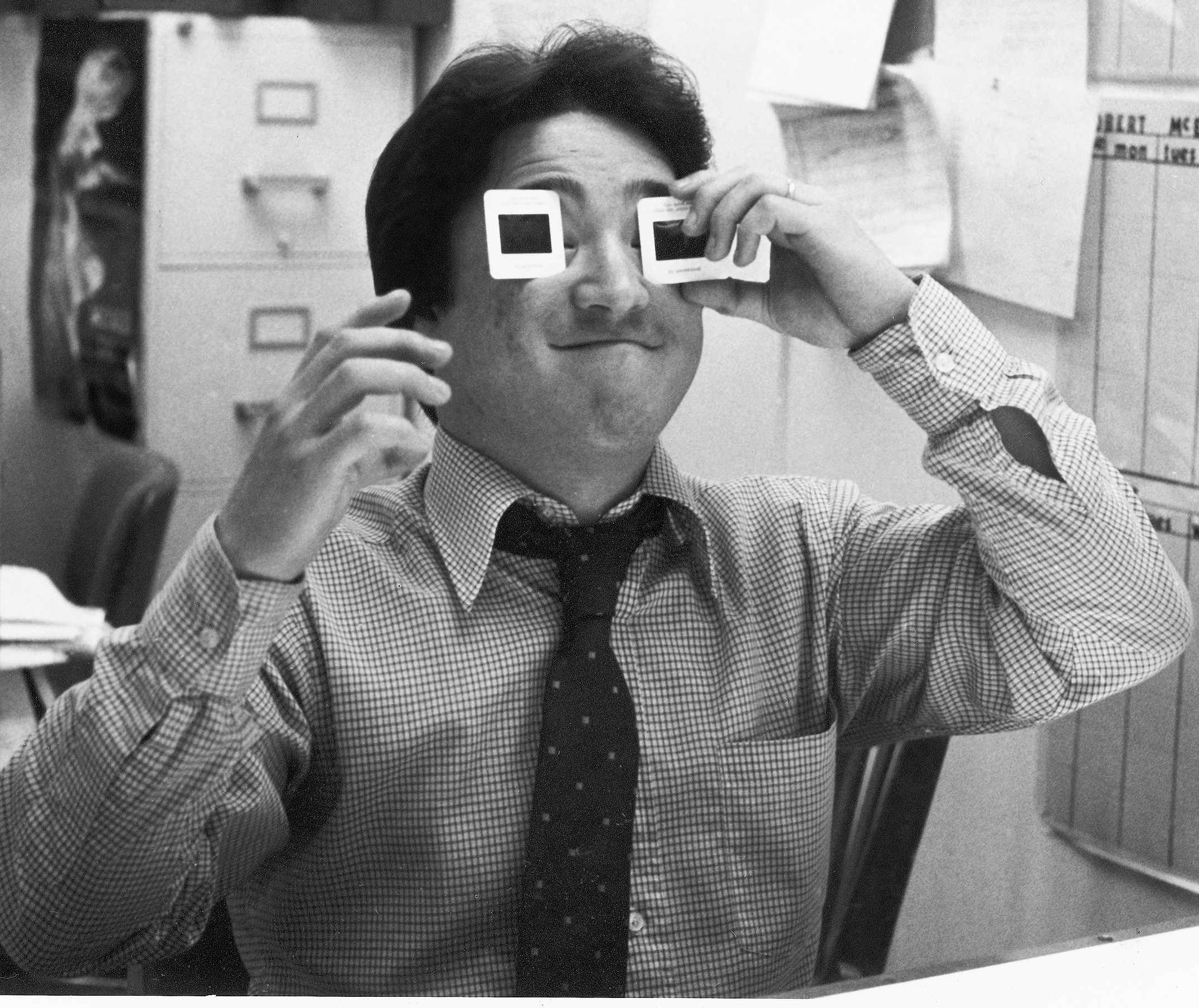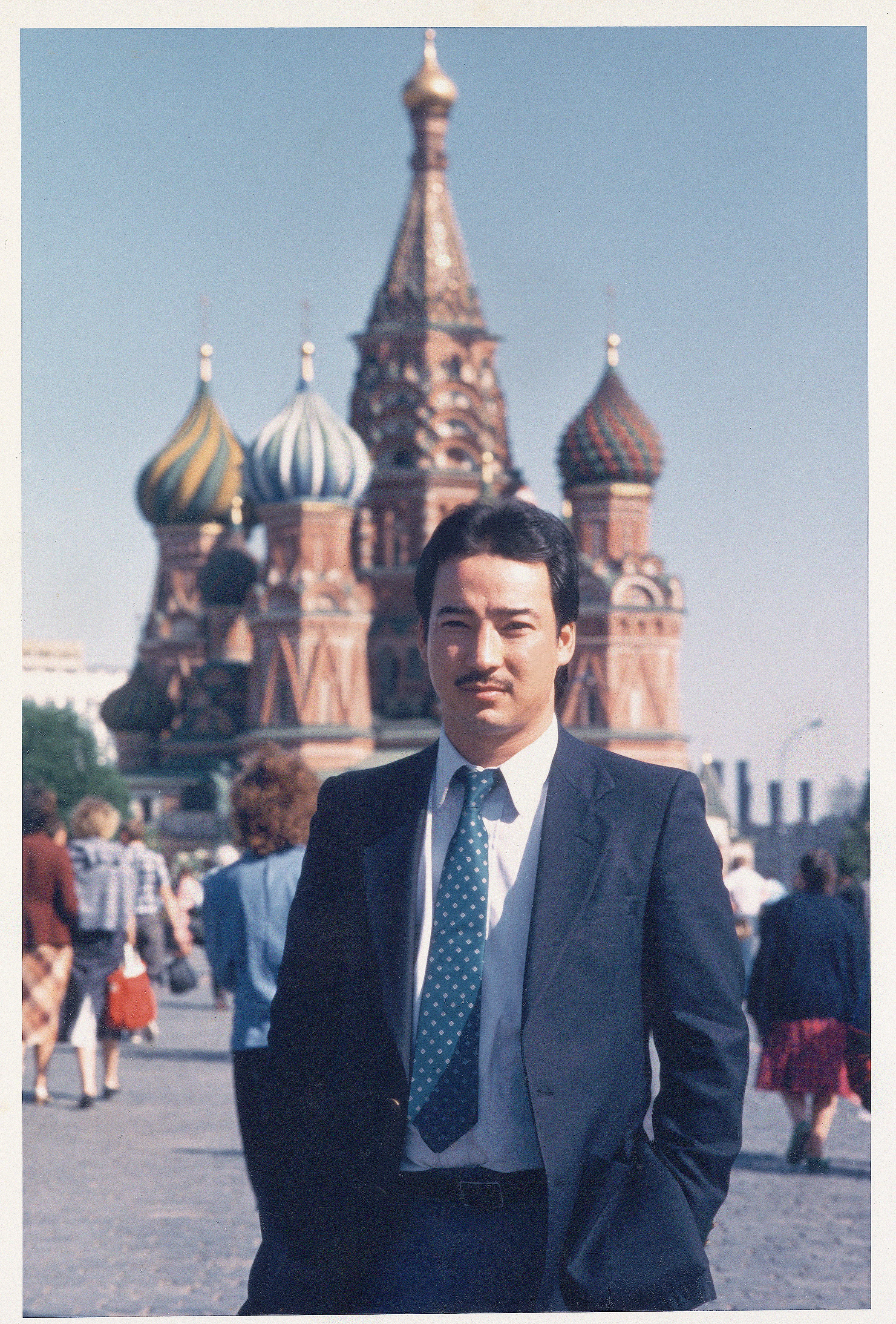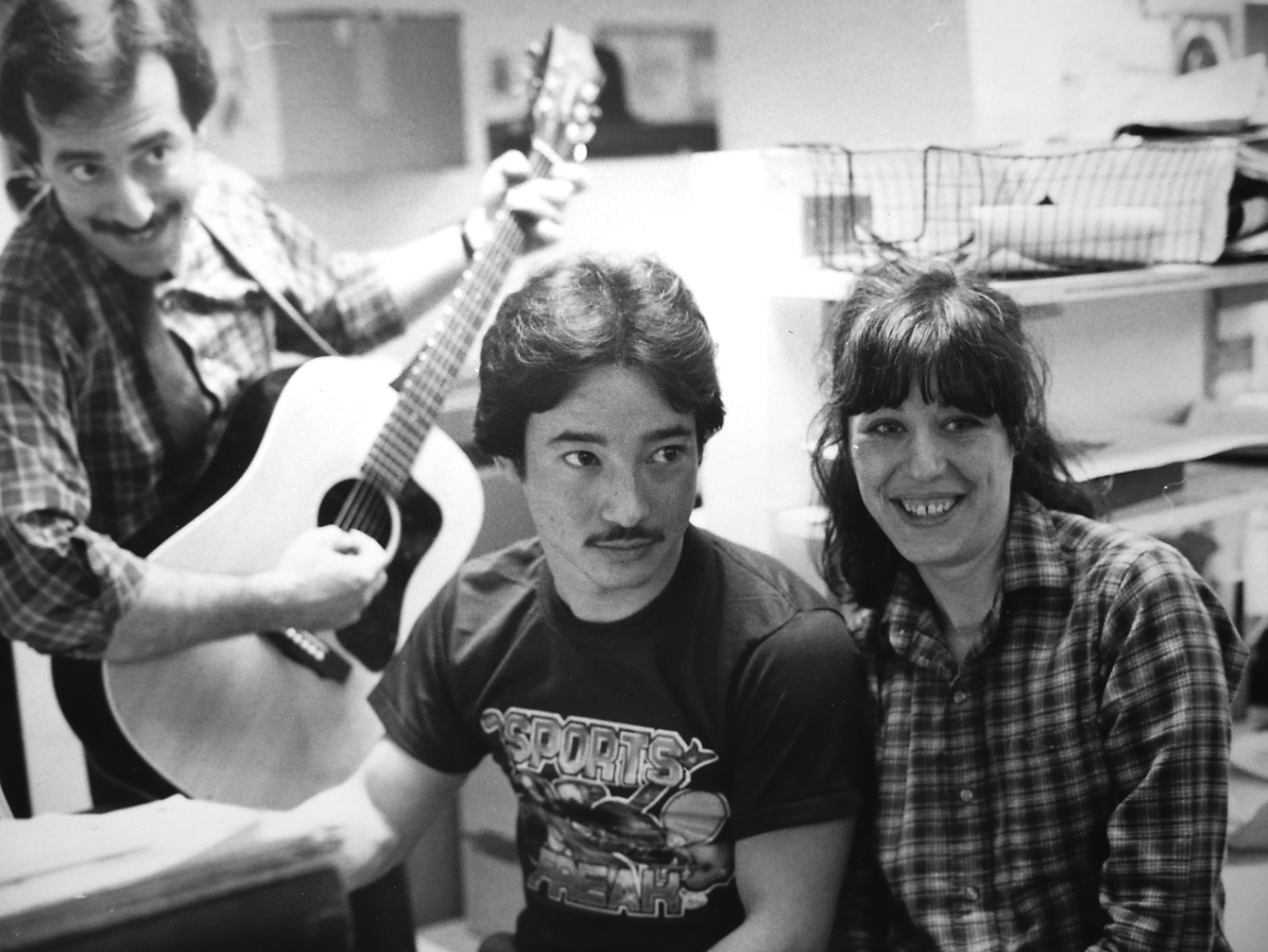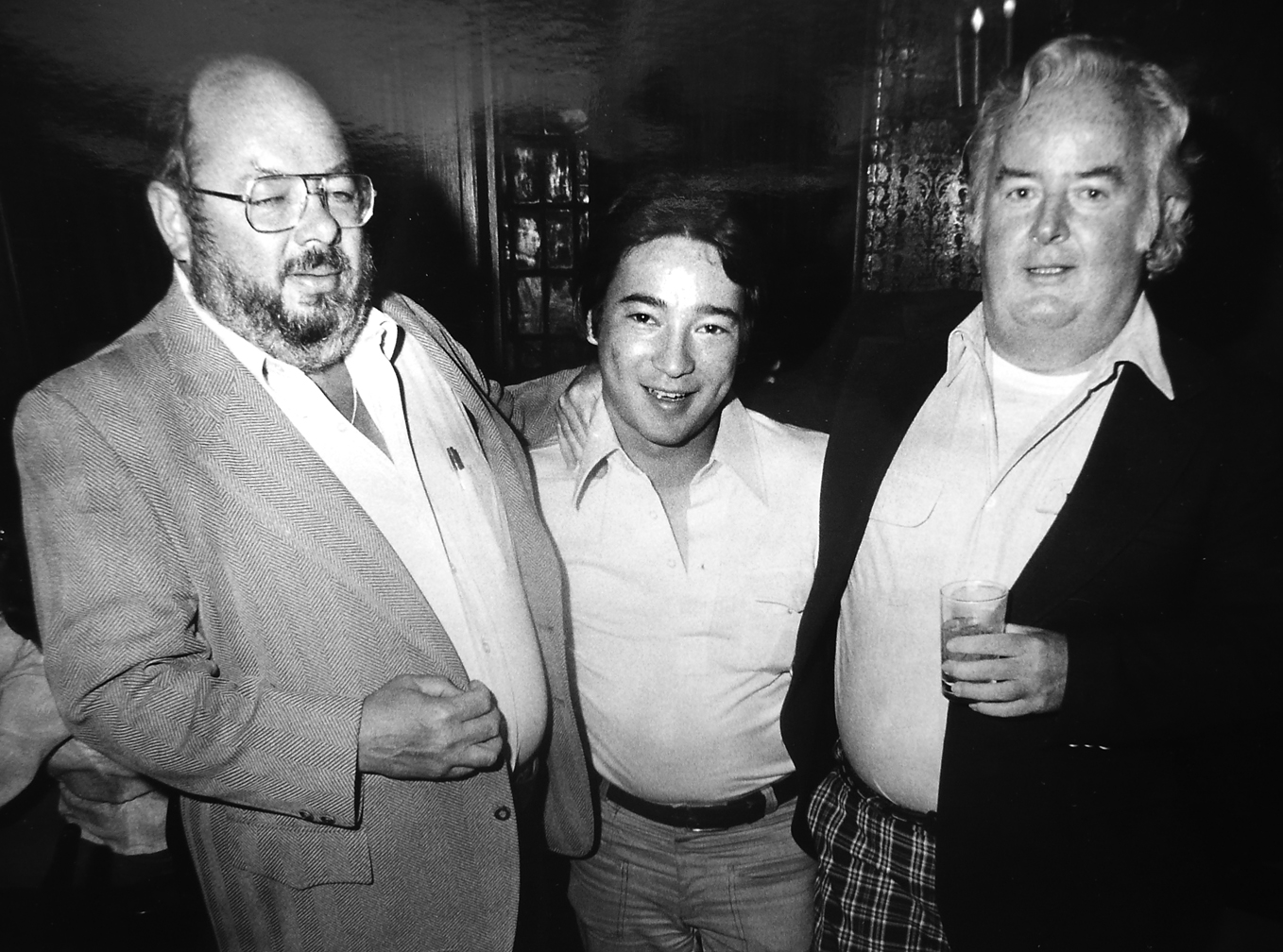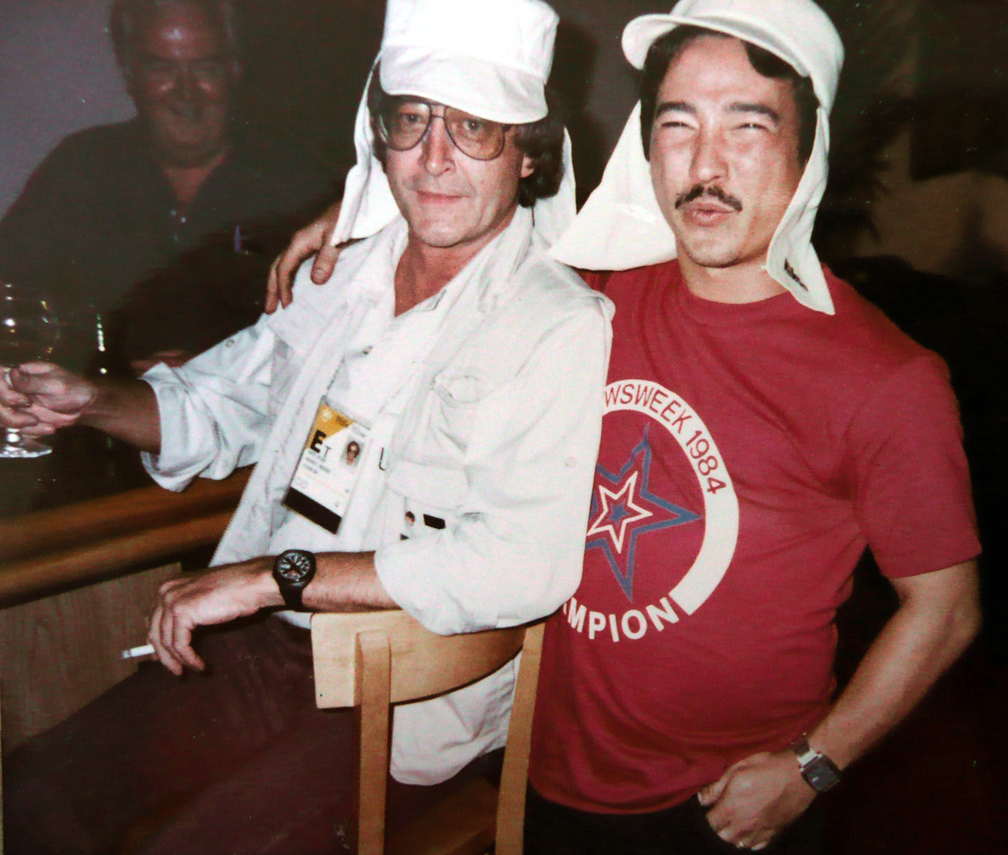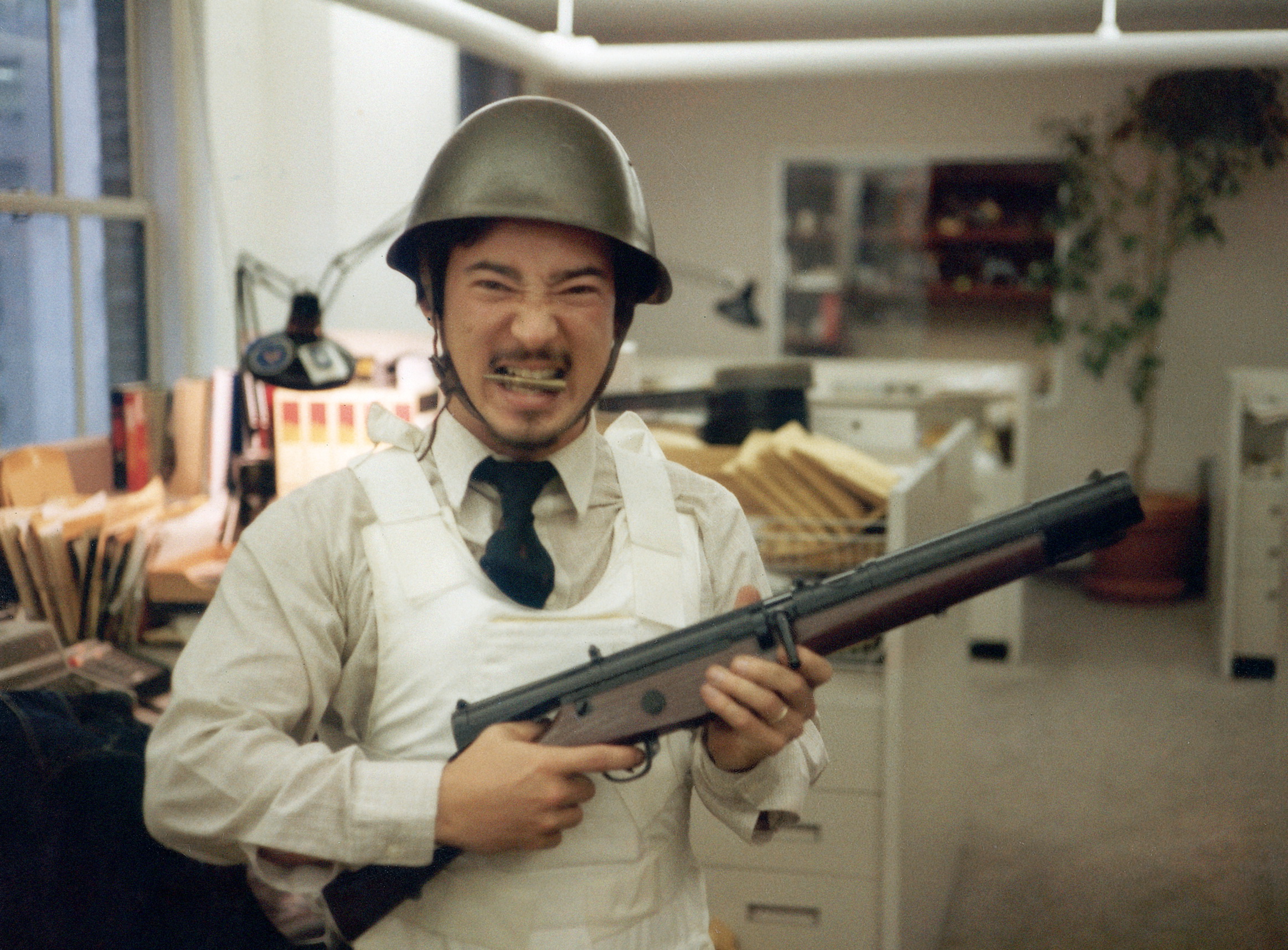by Jim Colton
I am sitting on a cold concrete floor of the photo studio on
the 13th floor of 444 Madison Ave….home of the venerable news
magazine Newsweek. It’s November of 1977 and I was recently hired away from my
position as color picture editor for the Associated Press as the magazine was
now venturing into including more color pages in their print run, other than
their cover and the occasional insert.
I am surrounded by toys. New, in-the-box, unassembled toys.
My job, on my first week at the magazine, was to assemble all the toys to be
photographed for an upcoming issue on the “Hottest Toys for the 1977 Christmas
season.” I have come from an environment where life itself is a deadline. Working
for a wire service, you need to get the picture, get it out quickly…and move on
to the next news hole needing art. And
today, I am building toys. I am asking myself, “What the fuck did I get myself
into?”
After the toys are fully assembled and photographed, I am
approached by a rather large and jocular Irishman named Jim Kenney, the photo
editor of Newsweek. In his trademark graveled voice he says, “Colt, you’re
doing the International section.” This is truly where I began my 17-year,
two-stint marriage with the magazine in an era when journalism mattered.
When 2012 comes to a close we will mourn the passing of
Newsweek. It was announced in October of
this year that the last analog version of the magazine will roll off the
presses for the final time with their December 31, 2012 issue….in favor of…a
digital version of the magazine called Newsweek Global. Many industry experts have blamed everything
and everyone from the Editor Tina Brown to the economy and lack of ad sales to
the Internet for its demise.
I have my own theories. I believe the magazine strayed away
from its strengths as it searched for a rebirth in our changing times…simply
for the sake of change…rather than for the sake of its readers and what their
core subscribers actually paid good money to read. The nail in the coffin, in
my eyes, was when a certain editor decided to turn Newsweek into the New
Yorker….knowing full well there was a great risk of losing much of their 3.1
million subscribers. They lost more than
half that with current subscriptions at around 1.5 million. So much for the
first four letters of the magazine.
A piece of me will also die with that last issue. Of all the
places I have worked in my career, never was there an organization filled with
more talent than at Newsweek. I had the great honor of working for some of the
finest editors, writers and journalists…anywhere…hands down! Some of the top
editors I worked for: Ed Kosner (AKA Fast Eddie) was as decisive an editor as
there ever was, Lester Bernstein “Come
into my office so I can throw you out,” was a gentleman’s editor, Maynard
Parker had more news sense in his little pinky than any journalist I knew.
But it didn’t start or stop there. All along the line from
Assistant Managing Editors to section editors to writers and correspondents,
the building was teeming with talent. The fabulous Peter Goldman and Jerry
Adler were always two of my favorite reads. They were friends of the photo
department, understood and appreciated our role and both were humble and
personable…extremely rare personality traits for journalists these days.
But I can speak to best about perhaps one of the most
dysfunctional families I’ve ever been associated with…the photo department at
Newsweek. A more dynamic mix of personalities you could never put
together…working during a period in our history where not only being a
journalist meant something but when pictures mattered.
In its heyday, it was Newsweek…and Brand X (Time magazine)
who also referred to us as Brand X. A greater weekly competition for images you
could not ask for. We took great pride in beating each other’s asses visually.
In the pre-digital world, it was all about getting the scoop on your
competition and displaying the hell out of the images.
There was a weekly rush to the newsstand every Monday
morning to pick up the latest issues of Newsweek, Time and occasionally US News
& World Report. Who kicked whose ass? I’m sure it was the same for the line
side editors as well…who scooped who on the news of the week?
At the photo helm at Newsweek was the aforementioned Jim
Kenney and his also-Irish sidekick John Whelan….nicknamed “Willie.” Jim had a nickname for everyone; sports photo
editor Dave Wyland was “The Coach,” photo researcher Tom Tarnowsky was “The
Digger,” (Kenney thought he looked like an undertaker) and Traffic Manager
Kevin McVea was “The Juvenile Delinquent,”…well…because…he was!
Jim and John were the patriarchs of this dysfunctional
family….and there wasn’t anything that all of us who worked for them wouldn’t
do if they asked us. That would include
hearing, “Colt, you’re going to Grenada!” This constituted loading up a Learjet
with six photographers, a correspondent and myself and attempting to infiltrate
the island (which we did) during the US invasion of Grenada, complete with
press restrictions. An F-16 fighter pilot joined us as we neared our
destination and told our pilot that we would be treated as “hostile,” if we
reached Grenadian air space. We obliged by landing in Barbados.
Later, when Washington staff photographer Wally McNamee was
confronted by a US soldier after making it onto the island on a small hired
boat, he informed the grunt that he worked for Newsweek. The soldier said,
“Newsweek? I subscribed to that magazine and I never got my fucking
calculator!” McNamee calmly went into his photo bag, pulled out a Newsweek
calculator and said, “Sergeant, we have been looking for you everywhere. I now
present to you your calculator.” You just can’t make this stuff up.
McNamee’s images wound up on the cover that week.
During those 17 years, I also had the great honor of working
with some of the finest photographers in the world. James Nachtwey got his
first magazine assignment with us and spent many years cutting his teeth in
Central American and the Middle East. I could always tell a Nachtwey shoot from
anyone else’s…images deftly composed and perfectly saturated. But with this
responsibility also came great sacrifice…losing brilliant photographers and
wonderful human beings like John Hoagland and Olivier Rebbot. Their contributions to our industry will
never be forgotten. My only solace is that John’s son Eros has followed in his
father’s footsteps and has become a brilliant young photojournalist.
Other seasoned photojournalists that got their feet wet at
Newsweek included Peter Turnley, Arthur Grace, P.F. Bently, Andy Hernandez,
Mark Peters, Christopher Morris, Anthony Suau, all who complimented our staff
photographers Wally McNamee, John Ficara, Larry Downing, Susan McElhinney, Ira
Wyman, Lester Sloan, Bernard Gotfryd, Robert McElroy, Jacques Chenet and Jeff
Lowenthal. And there were dozens of other freelancers who grew up with us as
well. It was a brilliant age for photojournalism….one that I was proud to be
part of and sadly, with the advent of digital photography, Instagram, Flicker
and iPhones, one that I don’t think will ever be possible again. No longer is
there the need to plot a path that includes Learjets and Concordes….no time
needed to process the film…or edit the slides over a lightbox. Oh my, how far
we have come!
But that’s how we rolled in the pre-digital era. Film had to
be shot, developed, and physically carried back to New York or to our printing
plants. I flew on the Concorde seven times…as a film courier to meet our
deadlines… I even used to pay people to hand carry packages of film right at
the airport! Imagine what the TSA would do today? In 1985 my Concorde flight
was met at JFK by a helicopter which then took me and my one frame of President
Reagan placing a wreath on the tomb of the Unknown Soldier in Bitburg, Germany,
directly to our pre press facility in New Jersey on a Sunday to be used as the
cover appearing on newsstands the next day. A similar frame I edited earlier
that day in London went with a correspondent on a separate Learjet to
Switzerland for the Newsweek Overseas cover.
There was also a certain lifestyle that we all lived. We
worked hard and we played hard. I cannot tell you about the alcohol consumption
post deadline or at parties celebrating one event or another. It was our way of
letting loose after a job well done. And oh how we loved to scam an unsuspecting
co-worker. When a post Jim Kenney
Director of Photography was desperate to get film from Europe on an impossible
deadline, they inquired about chartering the Concorde! With the help of the
aforementioned juvenile delinquent, Kevin McVea, we called the Director of
Photography, pretending to be a representative of Air France, telling them that
the charter was “All Set,” at a cost of $160,000 US Dollars. I can still hear
the scream from the office…..”KEVIN!!!!!!”
Many of us got to experience working at Newsweek when the
magazine was still vital….when it meant something to the people who got it in
their mailboxes. So when that last issue of Newsweek rolls off the press at the
end of the year, I will raise a glass to all of my brothers and sisters in the industry,
who had the great fortune of working for such an incredible magazine during and
equally incredible time in our history.
Cheers!
